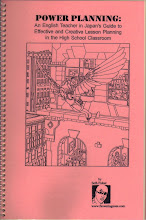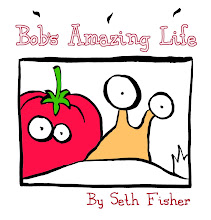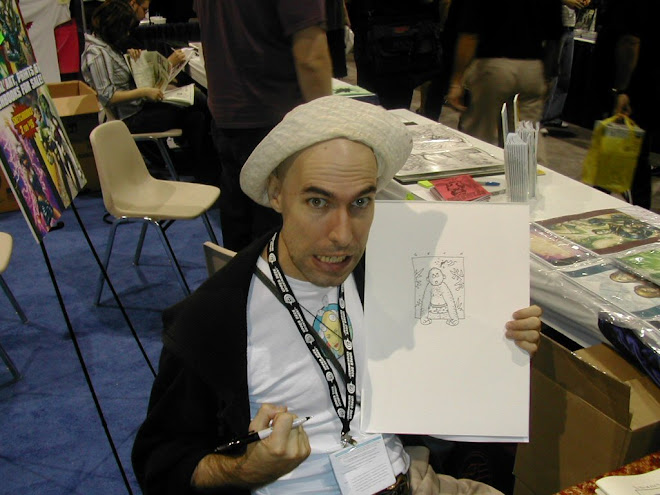 Thinking about the influences on Seth, I reread the interviews with him by Mike Jozic on meanwhile.net. In the earliest one of them, from April of 2002, Seth talked about the artists he considered his role models. He mentioned Moebius, Katsuhiro Otomo, and Winsor McCay. I have talked about Moebius and McCay, but not Otomo yet. To me that's the hardest, both because I am not so familiar with his work, and because Seth didn't ever really imitate his style, but probably learned from him more internal things that he used in his work. When you love something you learn from it (him, her) whether you mean to or not.
Thinking about the influences on Seth, I reread the interviews with him by Mike Jozic on meanwhile.net. In the earliest one of them, from April of 2002, Seth talked about the artists he considered his role models. He mentioned Moebius, Katsuhiro Otomo, and Winsor McCay. I have talked about Moebius and McCay, but not Otomo yet. To me that's the hardest, both because I am not so familiar with his work, and because Seth didn't ever really imitate his style, but probably learned from him more internal things that he used in his work. When you love something you learn from it (him, her) whether you mean to or not.I want to quote what he said about Moebius though. It explains how Seth saw Moebius, and something of how Seth worked.
Jozic: It looks like you have some strong European influences in your artwork. The level of detail reminds me a bit of Darrow, and the overall atmosphere of the story seems to recall the work of Moebius. Am I off base, or am I pretty much hitting the nail on the head?
Fisher: Well, Moebius is a key influence in my art. He really exemplifies what I think an artist should strive for in his work. Technical mastery, consistency, style and freedom. Seeing his work showed me that art is about learning what is possible, and then pushing that boundary. Trying to control your work too much jeopardizes that, so you try to gain as much technique as possible and then just let go.
The page I have posted (sorry about it being in color; I have the whole set of color scans for Flash: Time Flies, but not that many b/w ones)--indeed, the whole of the Flash book--I think shows Seth having gained technical mastery and being able to let go and draw intricate scenes of total fantasy. This delicate design of the leg joints on the villain, and his elaborate solar panel-looking headdress, the buildings with their layer upon layer of ornate vaulting, all these things speak to Seth's having learned how to draw (in curved perspective in this case) and then being able to have fun inventing, which is what he loved.
He also learned from Moebius not to limit himself to one style. You don't have to satisfy other people's expectations. You go for what satisfies yourself, and if you are as picky about your own work as Seth was, that is a high goal.





1 comment:
I would take a guess that what Seth got from Otomo is Storytelling; the panel-to-panel way of telling a story.
Akira being a work cited by darn near every great comic book artist.
Post a Comment